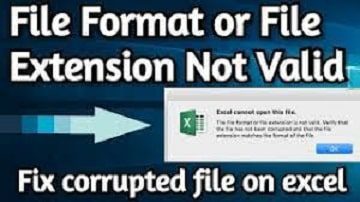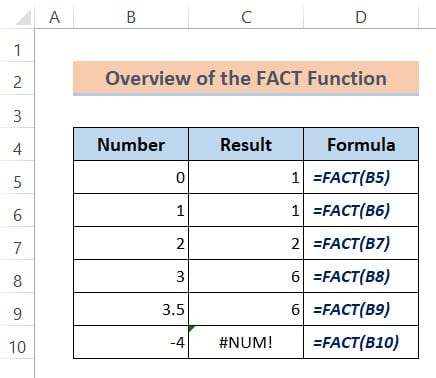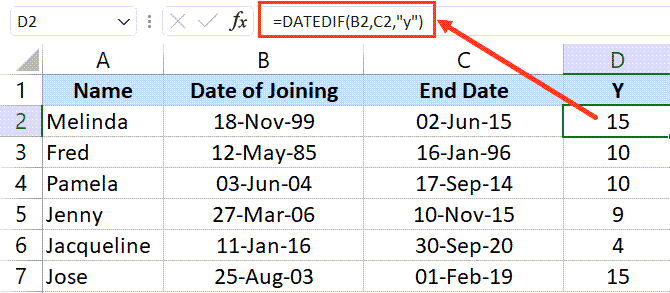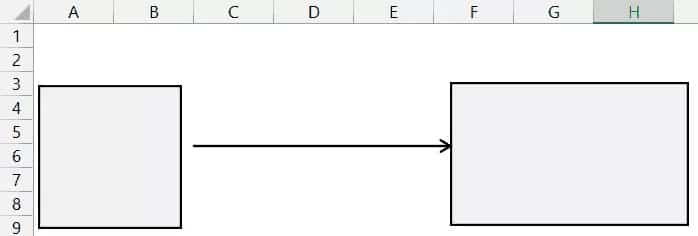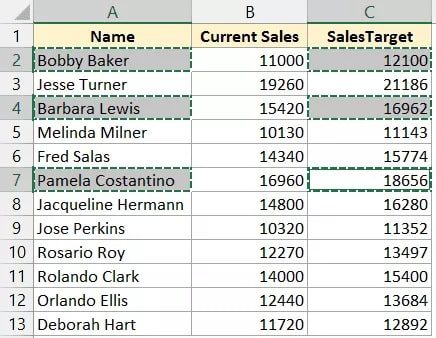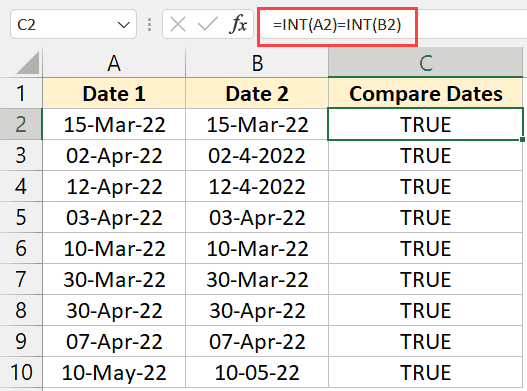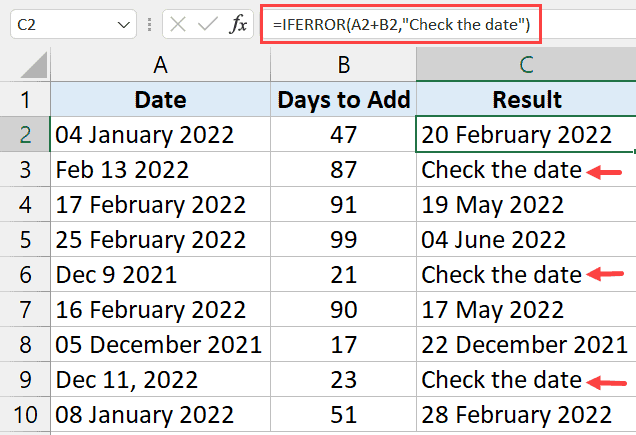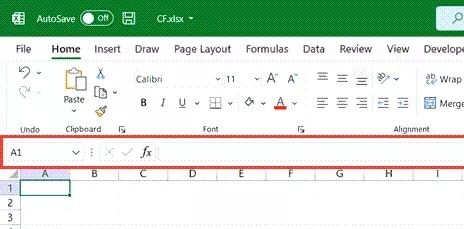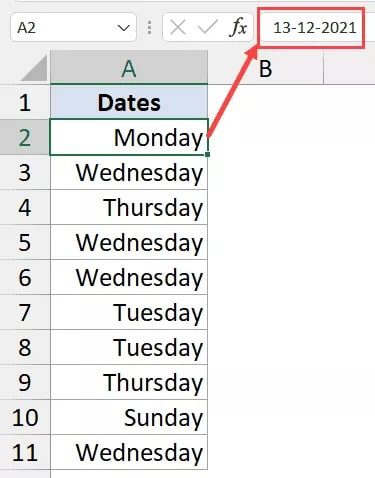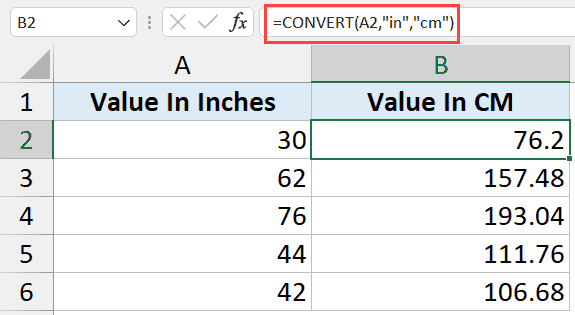Introduction: MS Excel VBA
In today’s data-driven world, Excel remains a powerhouse for data analysis, and VBA (Visual Basic for Applications) enhances its capabilities significantly. Integrating Excel VBA with Power BI opens up a plethora of opportunities for creating more dynamic, responsive, and powerful data visualizations and reports.
Section 1: Why Integrate Excel VBA with Power BI?
Discussion of Excel VBA’s strengths in automating repetitive tasks, customizing functions, and controlling Excel’s environment.
Benefits of Power BI, such as advanced data modeling, real-time updates, and interactive dashboards.
Section 2: Getting Started with Integration
Step-by-step guide on how to connect Excel VBA scripts with Power BI.
Examples of tasks you can automate or enhance using VBA, such as data cleansing and automatic report generation.
Section 3: Practical Examples
Detailed tutorial on creating a VBA macro that automatically updates data in Power BI.
Example of using VBA to manipulate Power BI data sets from Excel, focusing on real-time data handling.
Section 4: Advanced Techniques
Using VBA to trigger Power BI refreshes from Excel.
Coding tips for optimizing performance and security when linking Excel VBA with Power BI.
Step 1: Prepare Your Excel Data
First, you need to ensure that your Excel data is structured in a way that Power BI can easily import it. Usually, this means organizing data into tables.
Example:
Open Excel and ensure your data is in a table format. You can convert a range into a table by selecting the range and pressing Ctrl + T.
Step 2: Write a VBA Script to Export Data
You can create a VBA macro that exports the table to a format that can be automatically loaded into Power BI (e.g., a CSV file).
VBA Code Example:
Sub ExportData()
Dim ws As Worksheet
Set ws = ThisWorkbook.Sheets("DataSheet") ' Change "DataSheet" to your sheet's name
Dim exportRange As Range
Set exportRange = ws.Range("A1").CurrentRegion ' Automatically finds the data range
' Export to CSV
exportRange.Copy
Workbooks.Add
ActiveSheet.Paste
Application.CutCopyMode = False
ActiveWorkbook.SaveAs Filename:="C:\Exports\DataExport.csv", FileFormat:=xlCSV
ActiveWorkbook.Close False
End Sub
Step 3: Load Data into Power BI
Once you have your CSV file, you can load it into Power BI.
Open Power BI.
Go to “Home” > “Get Data” > “Text/CSV”.
Select the CSV file you exported and click “Load”.
Step 4: Automate Power BI Data Refresh
To refresh the data automatically whenever the Excel file changes, you need to use Power BI’s API or set up scheduled refreshes if the file is saved on OneDrive or SharePoint.
Power BI Service Steps:
Upload your dataset to Power BI Service.
Set up a scheduled refresh or use OneDrive/SharePoint for auto-sync.
Step 5: Triggering Power BI Refresh from Excel
This step involves advanced VBA scripting or external tools because Power BI API requires authentication. Here’s a conceptual approach:
VBA Code Concept (not a complete solution):
Sub RefreshPowerBI()
Dim xml As Object
Set xml = CreateObject("MSXML2.ServerXMLHTTP")
xml.Open "POST", "https://api.powerbi.com/...", False ' Power BI API endpoint
xml.setRequestHeader "Content-Type", "application/json"
xml.setRequestHeader "Authorization", "Bearer YOUR_ACCESS_TOKEN"
xml.send
End Sub
Note: You need to replace “https://api.powerbi.com/…” with the actual API endpoint for triggering a dataset refresh and “YOUR_ACCESS_TOKEN” with a valid OAuth token. Managing OAuth securely in VBA involves additional steps not covered here.
Conclusion
By using the above steps, you can automate data updates from Excel to Power BI, enhancing your data analysis workflow. Remember, integrating Power BI’s API requires a good understanding of web services and security (like handling OAuth tokens securely), which might involve additional tools or scripts outside of VBA.

